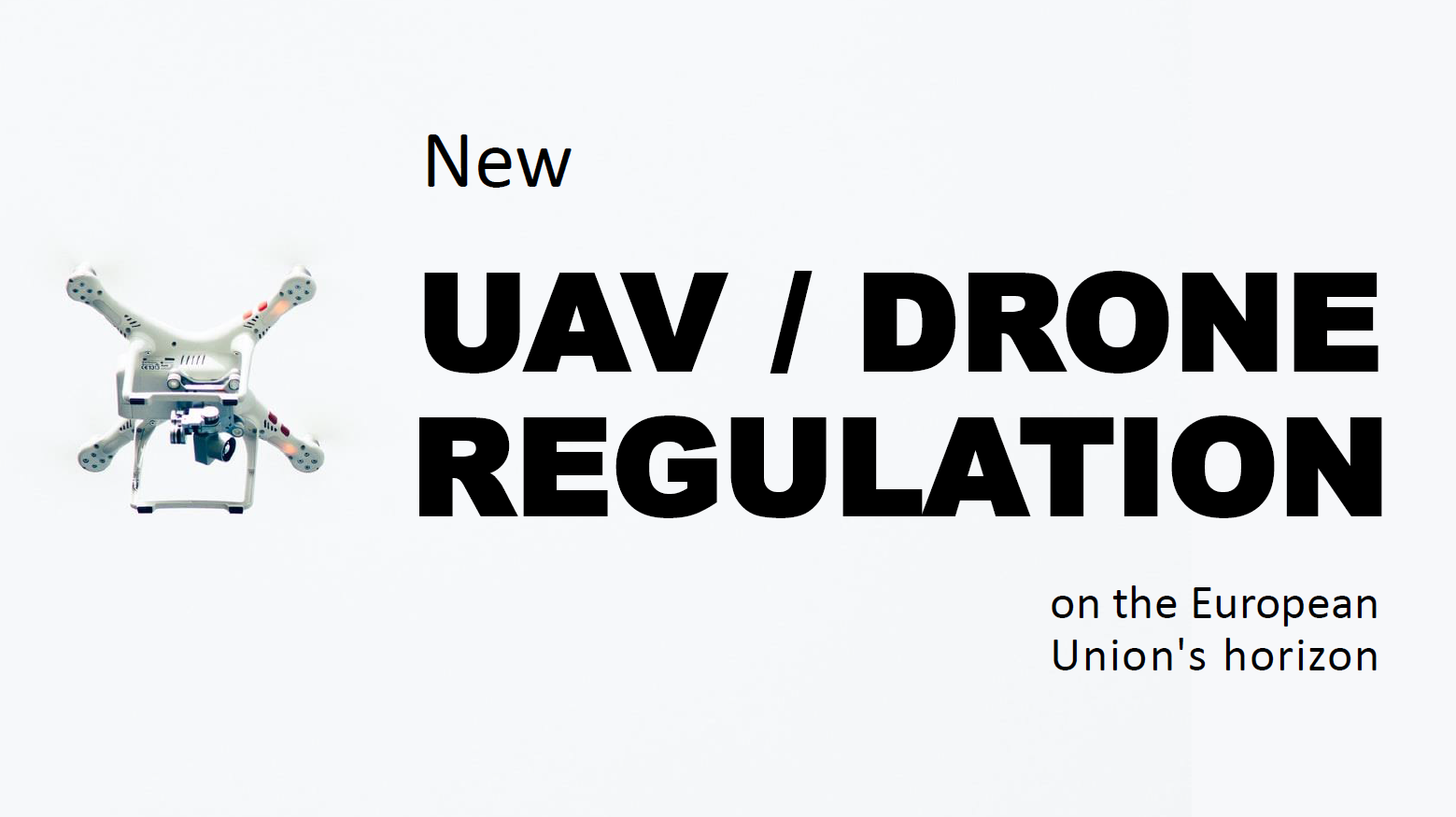
New UAV/drone regulation on the European Union's horizon
Jan Kaczmarczyk and Michał Lutek have been writing about new UAV/drone regulation for the International Bar Association.
Introduction
Unmanned aerial vehicles (UAVs) (and unmanned aircraft systems (UASs), which includes the control system as referenced in Regulation 2019/947) have become a widely discussed issue both in the European Union and on the forum of the Legal Committee of the International Civil Aviation Organization. This topic gained popularity mostly due to the constantly growing scope of the commercial application of drones and increased number of UAV recreational flights.
Regulation (EU) 2018/1139 of 4 July 2018 sets out common rules in the field of civil aviation and establishes an EU Aviation Safety Agency: this new basic regulation (NBR) entered into force on 11 September 2018. This showed that European law-makers aim to create a comprehensive and coherent legal regime for UAVs. The NBR itself is only of a framework nature and does not contain detailed provisions regarding the implementation of UAV operations. Therefore, it had to be equipped with implementing regulations; hence, Regulation 2019/947.
Three categories of drone operation
Regulation 2019/947, accepted on 28 of February 2019 by the EU Aviation Safety Agency (EASA) Committee, contains more detailed solutions regarding rules and procedures for the operation of UAVs. The main objective of this legislation is to introduce measures mitigating certain operation risks that, pursuant to Article 3, are divided into three categories: (1) open; (2) specific; and (3) certified. Each of these categories sets forth different requirements for potential operators.
‘Open’ category
‘Open’ category flights have to be conducted by UAVs lighter than 25 kilograms and pilots have to be able to maintain continuous visual contact with the aircraft, and a safe distance from people and gatherings. The UAV must stay within 120 metres of the surface, except when overflying an obstacle. UAVs used for the purpose of first-category flights are not allowed to carry any dangerous goods nor drop any materials. Such operations do not require additional authorisation (unlike the two other categories), which means that they can be conducted freely, provided operators follow general rules applicable to the use of airspace resulting from both international and national laws.
‘Specific’ category
UAV operators ‘land’ in the second ‘specific’ category if the conditions provided for in the ‘open’ category are not fulfilled. In this case, operators are obliged to obtain operational authorisation granted by the competent authority in the Member State where it is registered. Although the authorities have not yet been designated, the most probable scenario is that these will be the current aviation authorities. Operators wishing to commence ‘specific’-category operation have to file a motion to such an authority, but prior to doing so, must perform a risk assessment.
‘Certified’ category
The ‘certified’ category is reserved for special purpose operations involving flight over assemblies of people, transportation of people and carriage of dangerous goods, which may result in a higher level of risk for parties not involved in the flight. Moreover, some operations might be considered as ‘certified’ by the relevant authority after the analysis of the submitted risk assessment.
What should be considered as a major breakthrough in UAV legislation is the registration obligation of both the aircraft itself and the operator. However, this obligation does not apply to all categories. For instance, in the ‘open’ category, an operator has to be entered into the register if the aircraft is equipped with a device enabled for capturing personal data. This particular provision aims to enhance privacy protection – a very hot and controversial topic in the forum of the EU. There is still a vast group of operations and aircraft that fall outside the registration requirements.
Regulation 2019/947 has also introduced new requirements to be met by remote pilots, except for widely acceptable conditions, such as a minimum age, which in this case is 16 years old in the ‘open’ category. A wide array of soft skills are listed in Article 8 as new requirements, for example, UAV pilots wishing to perform their operations in the ‘specific’ category should be able to demonstrate competences such as ‘workload management’ or ‘leadership, teamwork and selfmanagement’. Such ambiguous and inconclusive conditions might turn out to be difficult to assess, and might lead to subjective decisions in the course of licensing future pilots.
Conclusion
The introduction of common UAS rules should indeed be considered as a step forward in the process of the creation of a fully consistent legal regime for UAS operation in the Member States of the EU. If that were achieved, it would definitely constitute an incentive for companies that base their products on unmanned technologies to expand and broaden the scope of their commercial applications. Maybe, with a little help from the EU law-makers, UAV taxis will no longer be considered as a sci-fi prop.
This article first appeared on the website of the Aviation Law Committee of the Legal Practice Division of the International Bar Association ( https://www.ibanet.org/Article/NewDetail.aspx?ArticleUid=5e9a71cb-f7e3-475e-aa5b-d58365c400a9 ), and is reproduced by kind permission of the International Bar Association, London, UK. © International Bar Association.